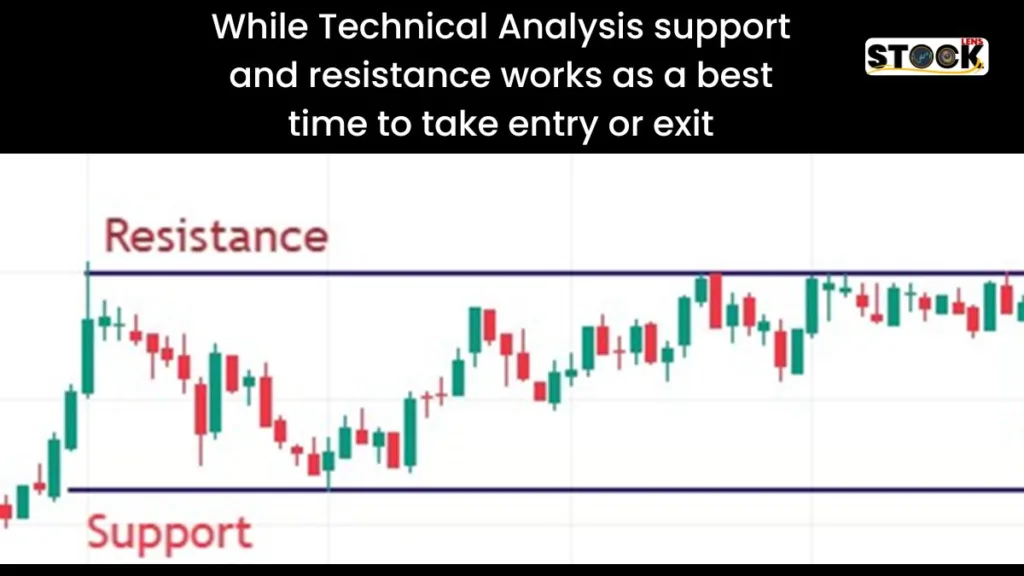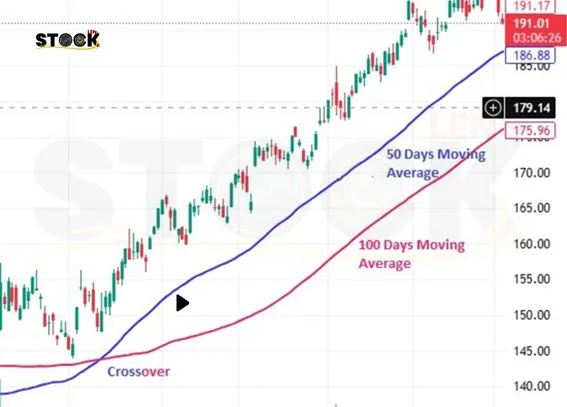Optimal timing to invest in Stock Market: Stock Market Investing is the way to grow your wealth over the time. However, the commonly asked question among investor is When is the best time to invest? While there is no single answer, understanding the Stock Market’s principles and strategies can help you to make right decisions. Through This article we tried to delivers you various aspects of Stock Market timing, and this will helps to intermediate investors.
Understanding Market Timing
Making buy or sell decisions based on predictions of future market movements are the part of Market Timing. For this we should aware of the right time for investing, at the end the goal is to purchase stocks when prices are low and sell them when prices are high. However, to predict the market movements is a challenging part to investors.
The Challenges of Making Timing
Some factors contribute to the difficulty of market timing:
Market Volatility
There are many reasons for the fluctuation in stock prices, including economic data, corporate earnings reports, global events, elections, pandemic situations etc. Due to this reasons we can see the Market Volatility.
Emotional Decision-Making
Investors may make spontaneous decisions driven by FOMO (Fear Of Missing Out) and that doesn’t give much good results.
Information Overload
The vast amount of information available can overwhelm investors, and because of that they did not get proper direction mostly in that time they can take wrong decision. Despite these challenges, some investors attempt to time the market by analysing patterns and indicators.
Seasonal Pattern and Calendar Effects
While timing of market is complex, the following seasonal patterns have been observed:
Sell in month of May and Go Away
The meaning of this adage is that the period from May to October tends to have lower stock market returns as compared to November to April. In some studies have noted that the average return during the summer months is lower, leading to the strategy of selling stocks in May and re-entering the market in November. However, it’s essential to say that this pattern doesn’t always be a true, and relying solely on this strategy may not be prudent.
Santa Claus Rally
StockPrices are rise during the last week of December and first two trading days of January this refers the “Santa Claus Rally” tendency of stock prices. Why we say that? Because This phenomenon is attributed to factors like holiday optimism and increased consumer spending. While the rally has been observed in many years, it’s not 100% guaranteed and should not be the sole basis for investment decisions. Because the Stock Market is not predictable for anyone’s. Stock Market is complete game of Supply And Demand.
January Effect
Historically, Small-Cap stocks have outperformed Large-Cap stocks in January. It is through that year-end tax-loss selling and year-end bonuses the reinvestment are the causes of this effect. However, like other seasonal patterns, the January Effect doesn’t happen every year and do the investment with caution.
Right time to invest in Stocks -Strategies for Long-Term Investors
For most investors, those who are focusing on long-term strategies rather than short term or swing traders the market can be more effective.
Dollar-Cost Averaging (DCA)
DCA means investing regularly a fixed amount of money in the market, regardless of the market price. Over time, this strategy can reduce the average cost per share and reduce the impact of market volatility. DCA encourages disciplined investing and helps avoid the risks of trying to time the market.
Focus on Fundamentals
Investing in companies with strong fundamentals such as steady earnings growth, solid balance sheets, and competitive advantage can yield long-term value. By focusing on the intrinsic value of an investment, investors can make decisions based on a company’s performance rather than short-term market fluctuations.
For Best Time to Invest In Stock Market by fundamental Analysis bellows factors are Important :
Assess financial health
Analyse corporate reports for consistent revenue growth manageable Debt, strong cash flows.
Use Ratios
P/E ratio compare to industry average (e.g., P/E < 15 for undervalued stocks). ROE > 15% signals efficient capital use.
Identify Undervaluation
When a stock’s price is 20-30% below its calculated intrinsic value (via DCF models).
Example: EPS growth of a company is strong but temporarily depressed stock price due to market overreaction.
Focusing on Technical Analysis
Technical analysis is a method used by traders and investors to evaluate and predict future price movements of stocks
We should keep in mind the following points while technical analysis:
Charts
Charts are the primary tool in technical analysis, they visually represents price movements over a specific period. Candlestick charts are particularly popular due to their ability to convey more information, such as opening, closing, high, and low prices within a given timeframe. With the help of Candles we can easily predict the direction of chart. There are many popular chart patterns, with the help of this pattern direction of stock can be easily predictable.
Trend lines and Channels:
Trendlines are drawn by connecting consecutive like highs or lows to determine the direction. Channels are formed by drawing parallel lines above line and below line the trendline, shows potential support and resistance levels.
Support and Resistance Levels
The lower end or where a downtrend can be pause is supposed to be Support. And the higher end or where uptrend can be pause due to supply in a price is resistance level. These Support And Resistance levels help traders identify entry and exit points.
While Technical Analysis support and resistance works as a best time to take entry or exit

Diversification
Investing in a various asset classes and sectors can reduce risk. If one investment underperforms then diversification helps protect your portfolio from significant losses. This fundamental principle of investing can enhance long-term returns. Diversification of investment wisely is sign of professional investment.
While Investing In Stock Market – The role of market indicators for Best Time To Invest

While predicting market movements is challenging, certain indicators can provide insights:
Volatility Index (VIX)
VIX is a market index that provides expectations based on the trading market. A rising VIX may indicate increased market uncertainty, while a declining VIX can suggest improving market conditions.
Moving Averages
For tracking short-term and long-term moving averages can help identify the market trends. When a short-term moving average crosses above a long-term moving average, it may signal a buying opportunity, and vice versa.
Moving Average are not for the entry or exit they are for confirmation
However, it’s crucial to use these indicators as part of a broader investment strategy. According to us Indicators like Moving Averages are only for a confirmation signals.
Psychological Factors In Investing
In Stock Market Investor psychology plays a significant role in market behaviour. There is no value for Emotions like fear and greed in market they lead to irrational decisions, such as panic selling during market downturns or chasing after stocks during market booms. Never invest according to your psychology invest according what market can say what charts can say what fundamental can say. Always think according operators mindset.
Warren Buffett, one of the most successful investors, advises: “Be fearful when others are greedy and greedy when others are fearful.” This approach emphasizes the importance of maintaining emotional discipline and making investment decisions based on rational analysis rather than emotional reactions.
Timing for First-Time Investors
If you’re new in stock market investing, it’s natural to wonder when to start. The best time to invest in stock is often now rather than later. Starting early is the beneficial to your compound growth investment over time.
KEY TAKEAWAYS
For beginners, consider the following steps:
Educate Yourself
Understand basics of stock market. Learn from experienced person. Make your market discipline and follow them strictly.
Start Small
Begin with a small or modest investment, and gain experience without exposing yourself to the risk.
Set Goals
Define your investment goals, such as learn trading as carrier saving for retirement or a major purchase.
Stay Consistent
Never lose hopes while making a losses stay disciplined and stay consistent, regularly contribute to your investment account, even if the amount is small.
Conclusion
Determining the best time to invest in the stock market involves the various factors for consideration, including market conditions, seasonal patterns, and financial goals, strategies While attempting to time the market can be tempting, always focusing on long-term strategies like DCA, fundamental analysis, and diversification can provide a more accurate path to investment success.
Remember a thing patience is the key and investing is a journey that requires patience, discipline, consistency and continuous learning. By staying informed and following to sound investment principles.
Happy Investing











